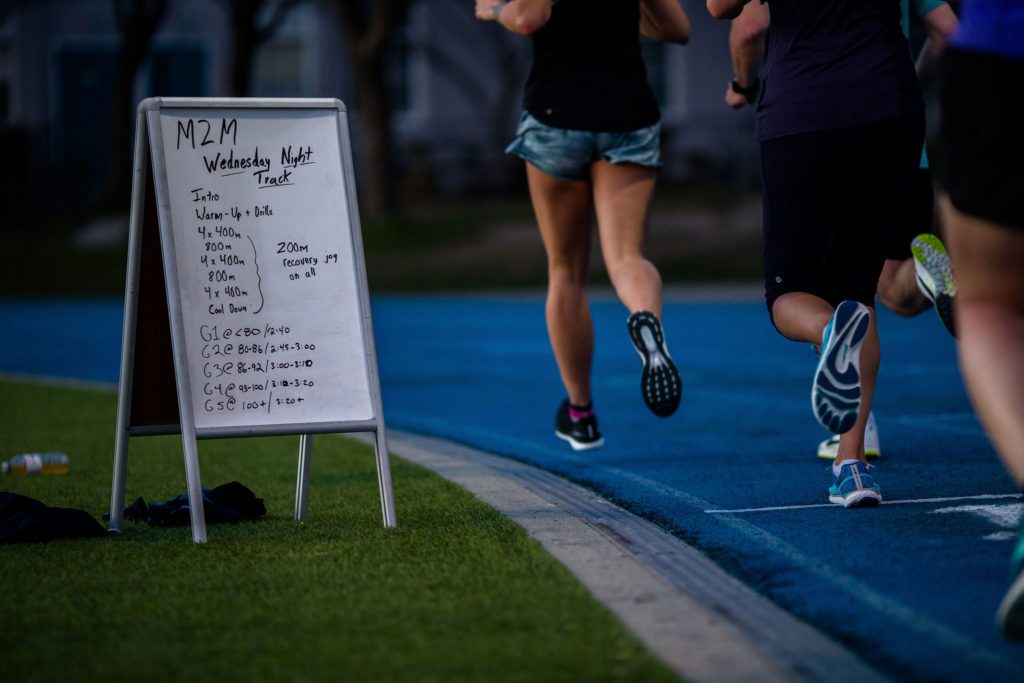Why high mileage shouldn’t kill your speed
How to run lots of mileage while maintaining your speed

There’s a common misconception that two camps of runners exist: those who run fast and those who run long. Those who run long must not be able to run quickly because of their high mileage, and those who run fast wouldn’t be good at running long distances. However, Steve Magness, performance coach and author, points out in his most recent blog post that running high mileage shouldn’t kill your speed.

RELATED: What should runners build first: speed or distance?
Magness uses the 800m as an example. Runners can train for this event in so many different ways, with some athletes only running about 30K a week and others hitting milage as high as 80 or 90K. Despite these massive discrepancies in training distance, the high mileage runners can (if executed properly) arrive at the same place on race day. Magness says this is done by balancing speed and endurance (as opposed to hammering just one of those stimuli).
How to balance training
If runners are in a high mileage phase are concerned about losing their speed, there are a few small changes they can make that pack a big punch. Those include: hill sprints, post-run strides and strength work. All three of these things don’t add much time to your already busy schedule, but can make a big difference when it comes time to do a speed-oriented workout.

Hill sprints are one of the easiest ways to improve your speed. Many middle distance runners use hills as a way to maintain their speed during their highest mileage block of the year.
Rob Watson, a coach for Mile2Marathon in Vancouver, feels that hill work isn’t just for elites and that every runner should be incorporating it in some way. Watson says hill running is a low-impact activity that helps build power and yields big results.
If you’ve finished a run and don’t have time to get to a hill, some accelerations down your street are another option for easy speed work. Incorporating two stride session as week (four to five accelerations of roughly 100m) will hugely help your turnover and power.

Finally, even one session a week of plyometric exercises is great for building speed and also good for injury prevention. Strength and speed are closely connected, which is why plyometric exercises help to improve both. Examples of plyometrics are lunge switches and stiff-leg jumps.
RELATED: 5 strength exercises to improve speed
Runners will focus more on speed or endurance depending on the season they’re in, but remember to not completely neglect either aspect of training. Having a well-balance approach to running will help you improve over any distance you’re trying to master.


